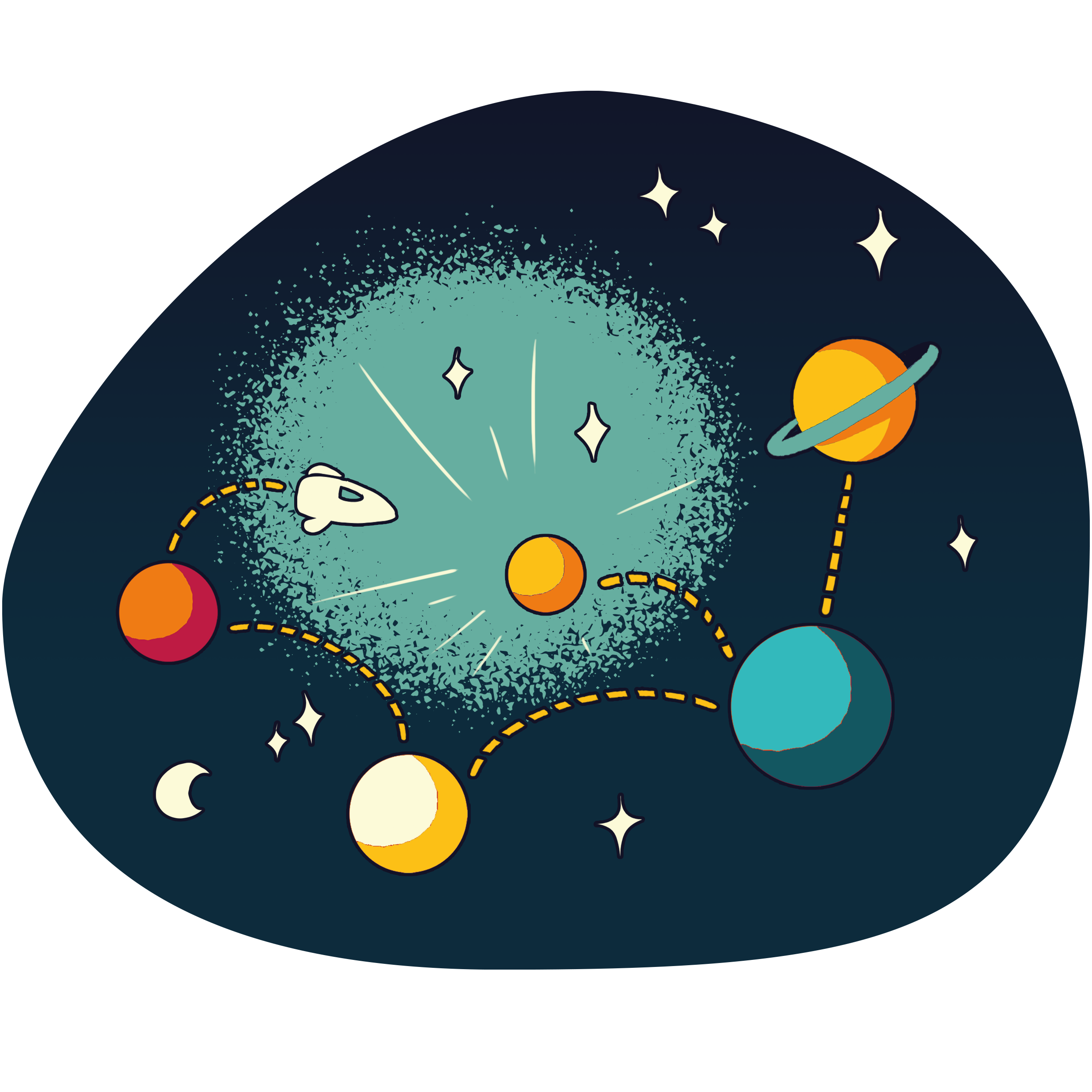90 lines
4.5 KiB
Markdown
90 lines
4.5 KiB
Markdown
---
|
|
sidebar_position: 1
|
|
slug: /
|
|
sidebar_label: What is Dagger?
|
|
---
|
|
|
|
# What is Dagger?
|
|
|
|
Dagger is a modular application delivery platform. It automates the delivery of applications to the cloud, by integrating your existing tools and infrastructure instead
|
|
of replacing them.
|
|
|
|
What if you didn't have to choose between the simplicity of Heroku and the flexibility of a custom stack?
|
|
With Dagger, you get the best of both worlds: a programmable backend that adapts to your existing stack; and a simple frontend
|
|
that standardizes the deployment experience.
|
|
|
|

|
|
|
|
## Programmable backend
|
|
|
|
Dagger works by integrating all your tools and infrastructure into a unified graph - a [DAG](https://en.wikipedia.org/wiki/Directed_acyclic_graph) to be precise.
|
|
|
|
Each node in your DAG represents an integration: for example a source repository, build script, artifact registry or deployment API. Each connection represents a flow of data between integrations: for example from source to build; from build to registry; etc.
|
|
|
|
What makes Dagger special is how much of your existing stack it can integrate in the DAG (probably all of it); how much
|
|
of your existing data flows it can manage (probably all of them); and how composable your DAG is (as much as regular software).
|
|
|
|
### Integrations
|
|
|
|
Each node in your DAG represents an integration. A crucial feature of Dagger is that it can integrate (almost) anything
|
|
into the DAG. The more components in your stack can be modeled in your DAG, the more useful the DAG.
|
|
|
|
A typical DAG may have the following integrations:
|
|
|
|
* Remote data sources (http/tar, git, OCI)
|
|
* Source control services: Git, Mercurial, SVN...
|
|
* Command-line tools: anything that can be run in a container
|
|
* Custom scripts: shell, python, ruby...
|
|
* Cloud APIs: AWS, Google Cloud, Azure...
|
|
* Infrastructure services: Kubernetes, Docker Swarm...
|
|
* CICD systems: Gitlab Runner, Github Actions...
|
|
|
|
### Data flows
|
|
|
|
Each connection in your DAG represents a data flow between integrations. A crucial feature of Dagger is that it
|
|
can orchestrate the flow of data between integrations *natively*, without requiring external infrastructure.
|
|
|
|
This means integrations can be trivially connected to exchange the following types of data:
|
|
|
|
* JSON-compatible values
|
|
* Encrypted secrets: passwords, API tokens, cryptographic keys...
|
|
* Artifacts: source repositories, container images, binaries, database exports, ML models...
|
|
|
|
### Composition
|
|
|
|
All Dagger integrations and data flows are configured with the revolutionary [CUE](https://cuelang.org) language.
|
|
|
|
This allows for first-class composition. In other words, you can develop your DAG like you would develop any other software, including:
|
|
|
|
* Publish and import reusable packages
|
|
* Encapsulate low-level components in higher-level components, at will
|
|
* Collaborate using industry-standard tools and workflows
|
|
* Testing, debugging, dependency injection, etc.
|
|
|
|
### Tying it all together
|
|
|
|
The combination of Dagger's 3 key features - integration, data flows and composition - allows for powerful patterns to emerge:
|
|
|
|
* Just-in-time artifacts. Since Dagger can receive source artifacts as input, run them through arbitrary integrations, and produce the final
|
|
outputs, you no longer have to worry about storing and managing intermediary artifacts: Dagger's data layer does it automatically for you. Artifacts are produced on demand, when they are needed, and automatically cached for later re-use.
|
|
|
|
* Gitops-ready. The state of your DAG is encoded as CUE files, and secrets are always encrypted. This you can always safely track your DAG
|
|
in source control, and intregate it in a gitops workflow.
|
|
|
|
## Simple, standardized frontend
|
|
|
|
No matter how custom your delivery backend, developers can ignore the complexity and deploy with one simple command:
|
|
|
|
```shell
|
|
dagger up
|
|
```
|
|
|
|
This makes developers more productive, because they don't have to learn a new workflow every time their deployment
|
|
system changes. It also frees the delivery team to make more ambitious and rapid changes, without fearing that they will slow down or break delivery.
|
|
|
|
## Dagger is alpha software
|
|
|
|
Warning! Dagger is _alpha-quality software_. It has many bugs, the user interface is minimal, and it may change in incompatible ways at any time. If you are still
|
|
willing to try it, thank you! We appreciate your help and encourage you to [ask
|
|
questions](https://github.com/dagger/dagger/discussions) and [report issues](https://github.com/dagger/dagger/issues).
|